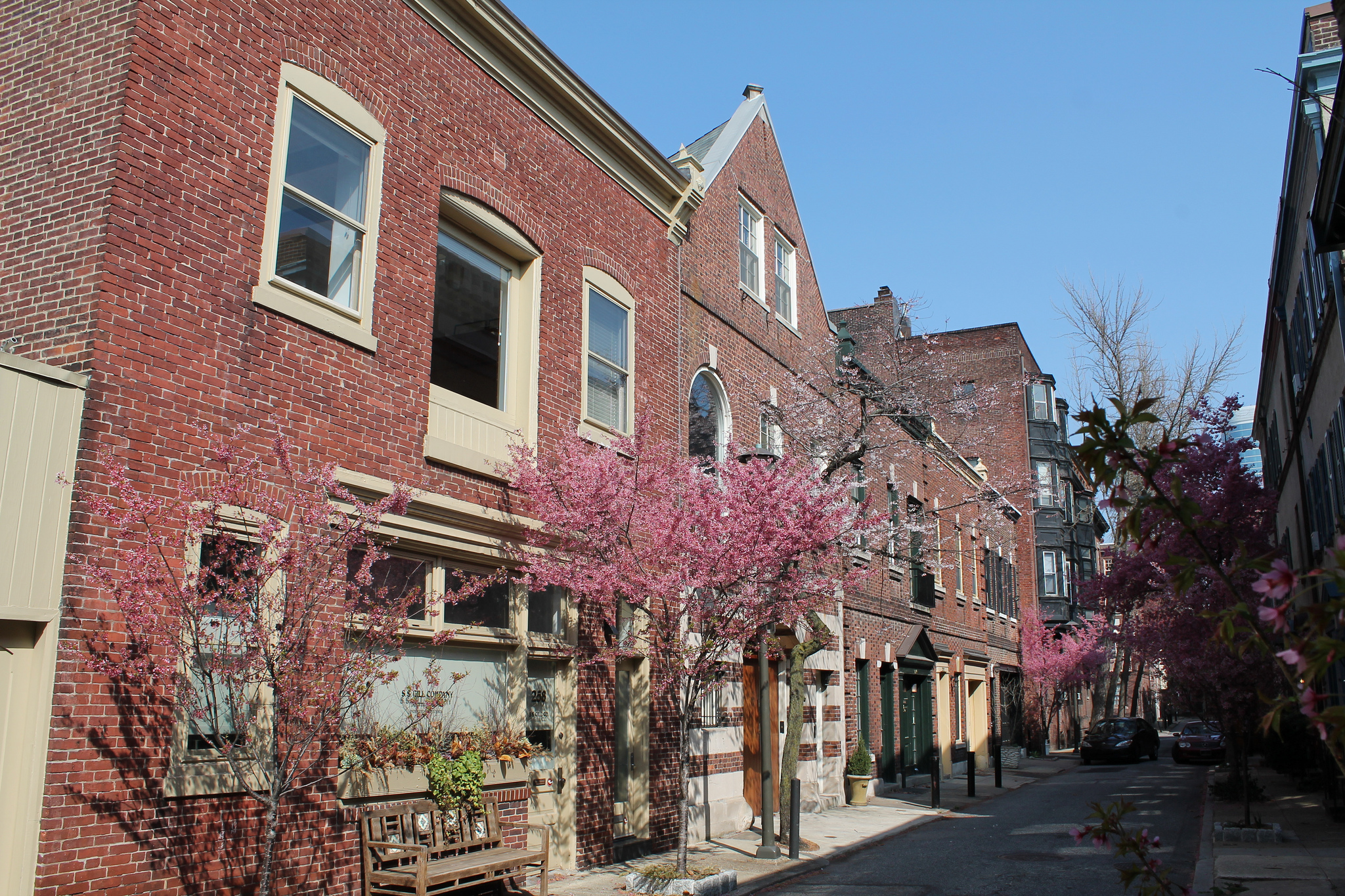Last week, the Pew Charitable Trusts released a fascinating report detailing neighborhood change in Philadelphia over the past decade and a half. “Philadelphia’s Changing Neighborhoods” combines a careful, region-wide analysis of income trends with detailed profiles of individual neighborhoods.
Using tract-level income data, Pew researchers classified Philadelphia neighborhoods according to their median income in 2000 and the increase in their median income between 2000 and the five-year 2010-2014 American Community Survey.
A tract counted as “gentrifying” if its income was below 80 percent of the regionwide average in 2000, but grew by at least 10 percent in real terms by 2014, and its income was then in the top half of all the neighborhoods in the city of Philadelphia.

A couple of key conclusions emerge from this work.
Though it gets a lot of press attention and generates controversy, gentrification in Philadelphia has been rare, and is concentrated in just a few neighborhoods. By Pew’s reckoning, just 15 of the region’s 371 Census tracts (or about four percent) experienced gentrification.
For low-income neighborhoods, a continuing decline in income was a far more common outcome. In Philadelphia, ten times as many poor neighborhoods (164) experienced real declines in income as experienced gentrification since 2000.
These findings for Philadelphia echo our own analysis of neighborhood change from 1970 through 2010, presented in our report “Lost in Place.” (Lost in Place used poverty rates to identify low income neighborhoods and identified gentrification as a decline in poverty rates to below the national average in formerly high poverty neighborhoods.) Our key conclusion—that gentrification affected just five percent of those living in high poverty neighborhoods, and that most place over high poverty remained poor for decades—is very similar to Pew’s Philadelphia analysis.
Much of the controversy surrounding gentrification stems from the widespread belief that gentrification automatically results in the displacement of long-time neighborhood residents. Implicitly, many people seem to visualize neighborhood change as a kind of zero-sum game: each new resident moving in must mean that one previous resident moved out. The published academic literature, however, mostly fails to find widespread displacement. While the Pew study doesn’t address displacement directly, their research provides an interesting sidelight to this question.
The authors of the study also graciously provided us with unpublished data on the population levels for each of the Census tracts in their study, with data sorted according to their classification of neighborhood change. Like many cities, since 2000 Philadelphia has begun to experience a population increase. Gentrifying neighborhoods played an outsized role in contributing to city population growth. Between 2000 and 2014, the 15 gentrifying neighborhoods grew by 13.4 percent, adding 7,000 new residents. Citywide, the population increase was only 2 percent. These 15 tracts accounted for 22 percent of citywide population growth.
Meanwhile, poor neighborhoods that didn’t gentrify only managed to tread water in terms of population levels. Overall, population in these neighborhoods increased only 0.2 percent between 2000 and 2014; some 40 percent of all poor neighborhoods lost population. The different growth trajectories of poor neighborhoods that don’t gentrify compared to those that do is a good reminder that neighborhood change is seldom a zero-sum game.
Special thanks to Emily Dowdall for sharing the tract level data.
